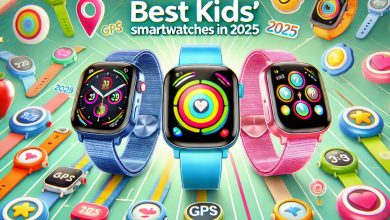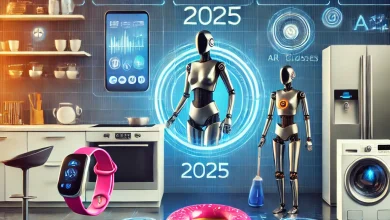Windows Sidebar Gadgets History and Best Alternatives for Windows 10 and 11 in 2025
Exploring Windows Sidebar Gadgets
Windows Sidebar Gadgets were once a handy feature that added small apps to your desktop for quick access to info and tools. Starting with Windows Vista, these gadgets gave users instant updates on weather, time, performance, and more—all without opening full programs. They offered a simple way to keep your desktop alive with useful tidbits right at your fingertips. Over time, their role shifted, and today they’re no longer part of Windows. This article walks through their story, what they offered, and what you can use today as replacements.
History and Evolution of Windows Sidebar Gadgets
Launch in Windows Vista
When Windows Vista arrived, it brought the Sidebar—a vertical panel fixed on the desktop’s side. This was the home for gadgets, tiny apps packaged to display quick bits of info like clocks, weather forecasts, news feeds, and system stats.
The Sidebar held these gadgets in one place, always visible, offering instant views without cluttering the full desktop. Microsoft designed this feature to give users easy access to real-time updates and handy tools, all cozy in a narrow strip, leaving the rest of the screen free.

Changes in Windows 7
Windows 7 changed how gadgets worked. Instead of being locked in a sidebar, gadgets floated freely on the desktop. This shift means users could move, resize, and stack gadgets anywhere they liked, tailoring the desktop to their habits.
Free-floating gadgets gave more freedom and flexibility. No longer restricted to a bar, they became like sticky notes or widgets scattered across the screen, blending in with the workflow rather than interrupting it.
Discontinuation and Security Concerns
Even with this upgrade, Microsoft ended gadgets starting with Windows 8. The reason was simple but significant: security.
Gadgets, while useful, introduced risks. They could be exploited by malware to harm computers because of the way they accessed system data. Microsoft’s concern over these security holes led to the decision to remove gadgets entirely from future Windows versions.
This move nudged users toward safer, more modern tools that provide similar features but come with stronger protections.
Types and Functions of Windows Sidebar Gadgets
Common Gadgets and Their Uses
Windows gadgets covered a range of practical uses, from keeping you on time to tracking system health:
- Clock: Always showing the current time with options for different time zones.
- Weather: Live weather updates, forecasts, and conditions for your area.
- Calendar: Snappy reminders and date tracking to help keep schedules on track.
- CPU Meter: Real-time system performance stats, displaying processor use and memory.
- Slide Show: Quick rotation of photos, brightening up your desktop with personal images.
- News Feed: RSS feeds pulled latest headlines without opening a browser.
These tools helped users stay informed, boost productivity, and keep track of both work and personal info without opening bulky programs.
Customization and User Experience
Adding or removing gadgets was simple: just a right-click or a drag-and-drop away. Users could customize gadgets by changing size, location, or settings like what city the weather was for or which feed the news gadget followed.
This level of control meant everyone could tailor the desktop layout to their own needs. If you liked keeping an eye on your CPU during heavy tasks or regularly checked the weather before heading out, gadgets made those checks quick and painless.
Alternatives and Modern Replacements for Windows Sidebar Gadgets
Third-Party Gadget Apps
Even though Microsoft stopped supporting gadgets, enthusiasts and developers made new options to fill the gap. Popular among these is 8GadgetPack, which restores many old Vista and Windows 7 gadgets for Windows 10 and 11 users.
Other tools like Gadgets Revived or Rainmeter provide similar functionality with added customization, allowing you to keep that desktop information handy while avoiding the original security issues.
Built-in Windows Features as Replacements
Modern Windows versions offer several built-in alternatives that cover many gadget uses:
- Windows Widgets: Introduced in Windows 10 and improved in Windows 11, widgets provide weather, news, calendar, and sports right from a slide-out panel.
- Taskbar Enhancements: The taskbar now integrates real-time info like weather updates and calendar events without extra apps.
- Notification Center: Offers quick access to recent alerts, reminders, and system messages, keeping important info just a click away.
These features keep users connected and informed but use modern coding standards that improve performance and security.
Conclusion
Windows Sidebar Gadgets brought small, useful apps right to the desktop, making quick info easy to access. Starting with Vista, evolving under Windows 7, then dropping out due to security risks, gadgets had a solid run as convenient tools for many users. Today, new tools and built-in features provide similar benefits but with safer, updated designs.
For those missing the familiar gadgets, third-party apps like 8GadgetPack offer a familiar feel, while Windows Widgets and the notification center keep essential info ready without clutter. Gadgets may be gone, but their spirit lives on in new ways that fit today’s needs.






